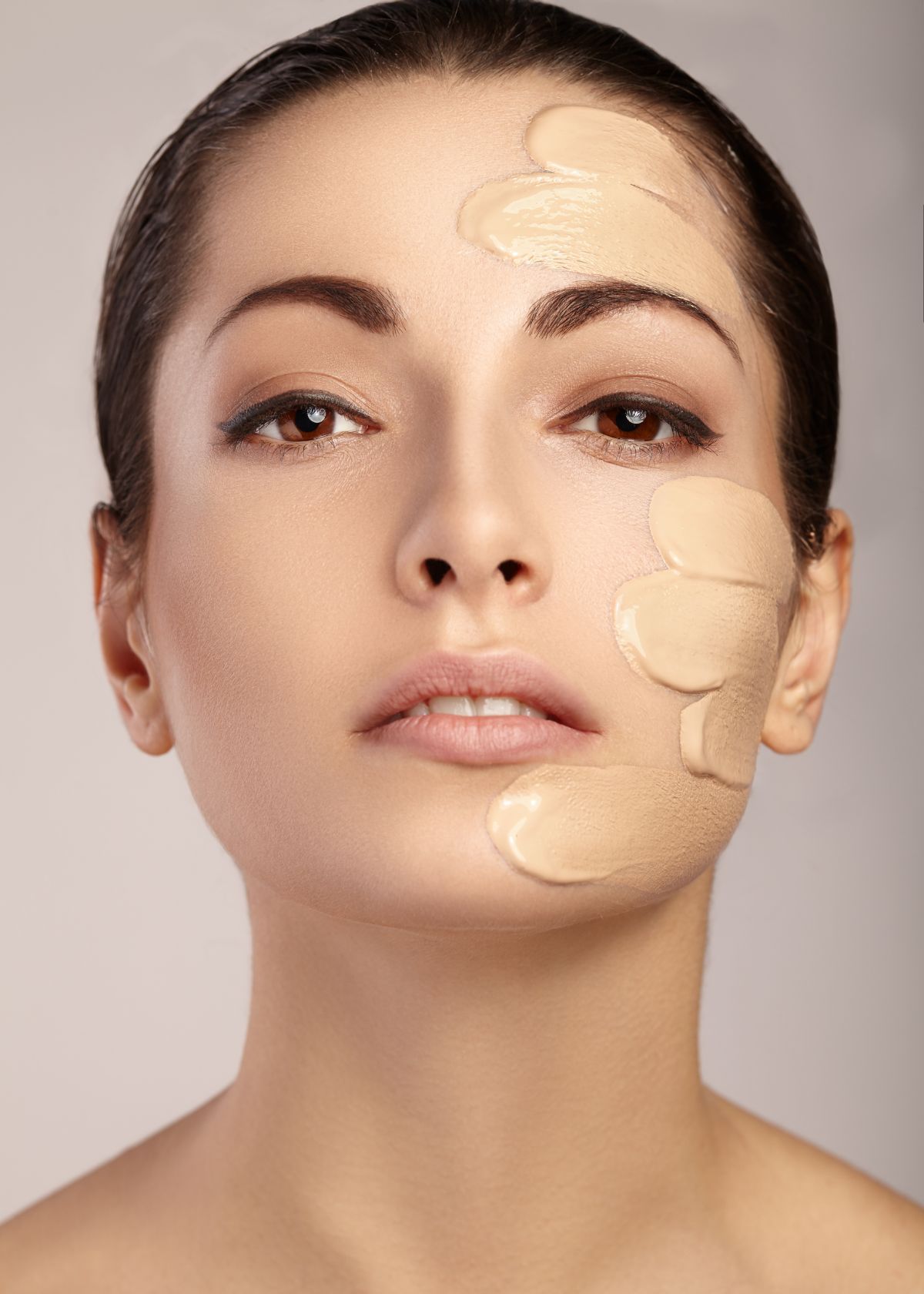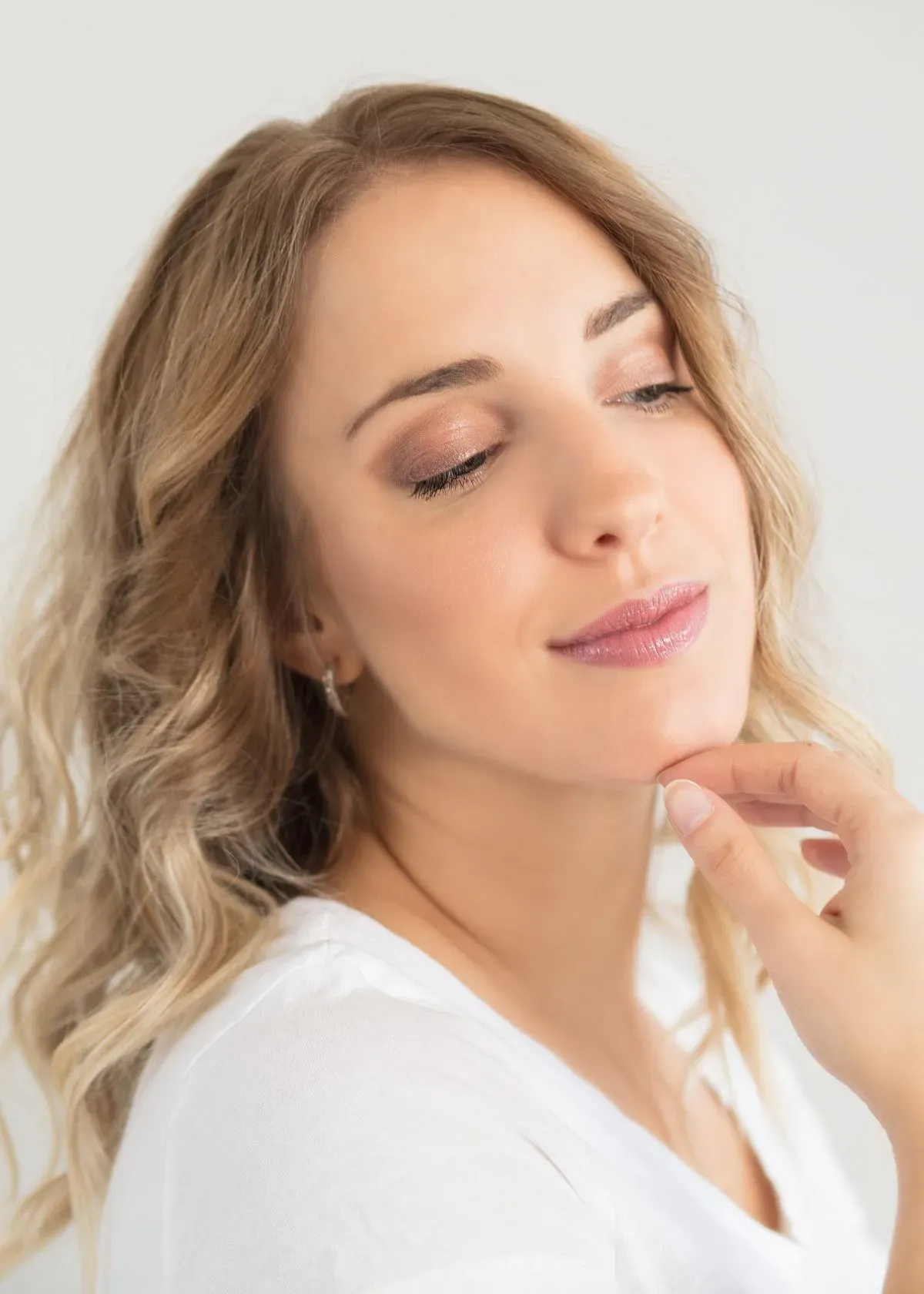Dealing with a textured complexion can often feel like facing an uphill battle, especially when aiming for that perfect, smooth finish with your foundation.
Trust me, I understand the challenge all too well – those stubborn little bumps, noticeably large pores, and uneven patches don't seem to play nice under layers of makeup.
After diving deep into beauty tips and road-testing many products on my finicky skin, I've gathered some real gems I'm excited to share with you.
Rest assured, texture doesn't need to spell disaster for your makeup routine. In this blog post, I'm eager to walk you through my go-tos tailored just for our unique type of canvas.
Get ready as we delve into techniques that are kind on your skin but tough on trouble spots, ensuring a beautifully evened-out complexion every time your foundation goes on.
Let's get started on this journey towards seamlessly polished perfection!
- Choose a primer with blurring technology to create a smooth base for applying foundation on textured skin; it helps minimize the look of pores and uneven areas.
- When applying foundation, use a damp makeup sponge or flat-top kabuki brush for gentle blending that doesn't emphasize texture.
- Opt for makeup products with ingredients like hyaluronic acid or silicone-based elements that hydrate and fill in textures for a smoother finish.
- Apply foundation in thin layers and build up coverage gradually, focusing on areas that need it most to avoid a heavy or cakey look.
- Set your makeup with products such as translucent powder or setting spray to lock in your look and further smooth any texture issues.
What is Textured Skin?
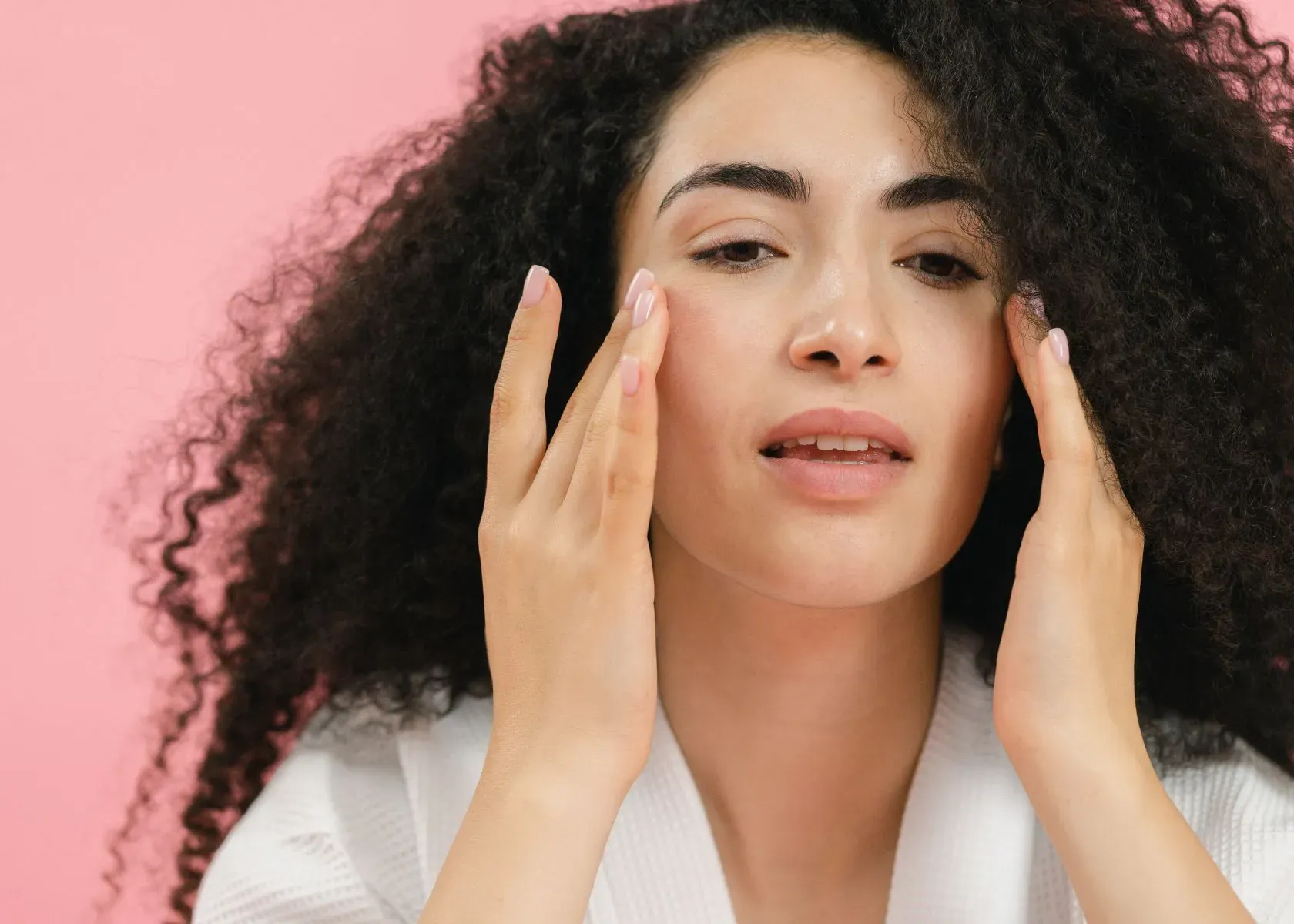
Textured skin refers to a surface that isn't completely smooth. It may feel bumpy, rough, or uneven when you touch it.
Small bumps from conditions like acne or larger pores can create this facial texture. These flaky skin irregularities catch the light differently than smooth skin, often appearing more noticeable under makeup.
Dealing with textured skin takes patience and the right products. I find that using specially designed cosmetics for textured surfaces helps me achieve better coverage without making the makeup look heavy or "cakey."
A good primer and sunscreen with blurring technology make a huge difference by smoothing out those tiny bumps and giving me a more even canvas.
Applying foundation over these areas requires special attention, too. I've learned it's best to use a damp makeup sponge for application because it gently presses product into the skin instead of dragging it across and potentially causing irritation.
Starting with thin layers lets me build up coverage slowly, preventing that unwanted cakey appearance while still helping conceal uneven tones or textures on my skin.
Tips for Applying Foundation on Textured Skin
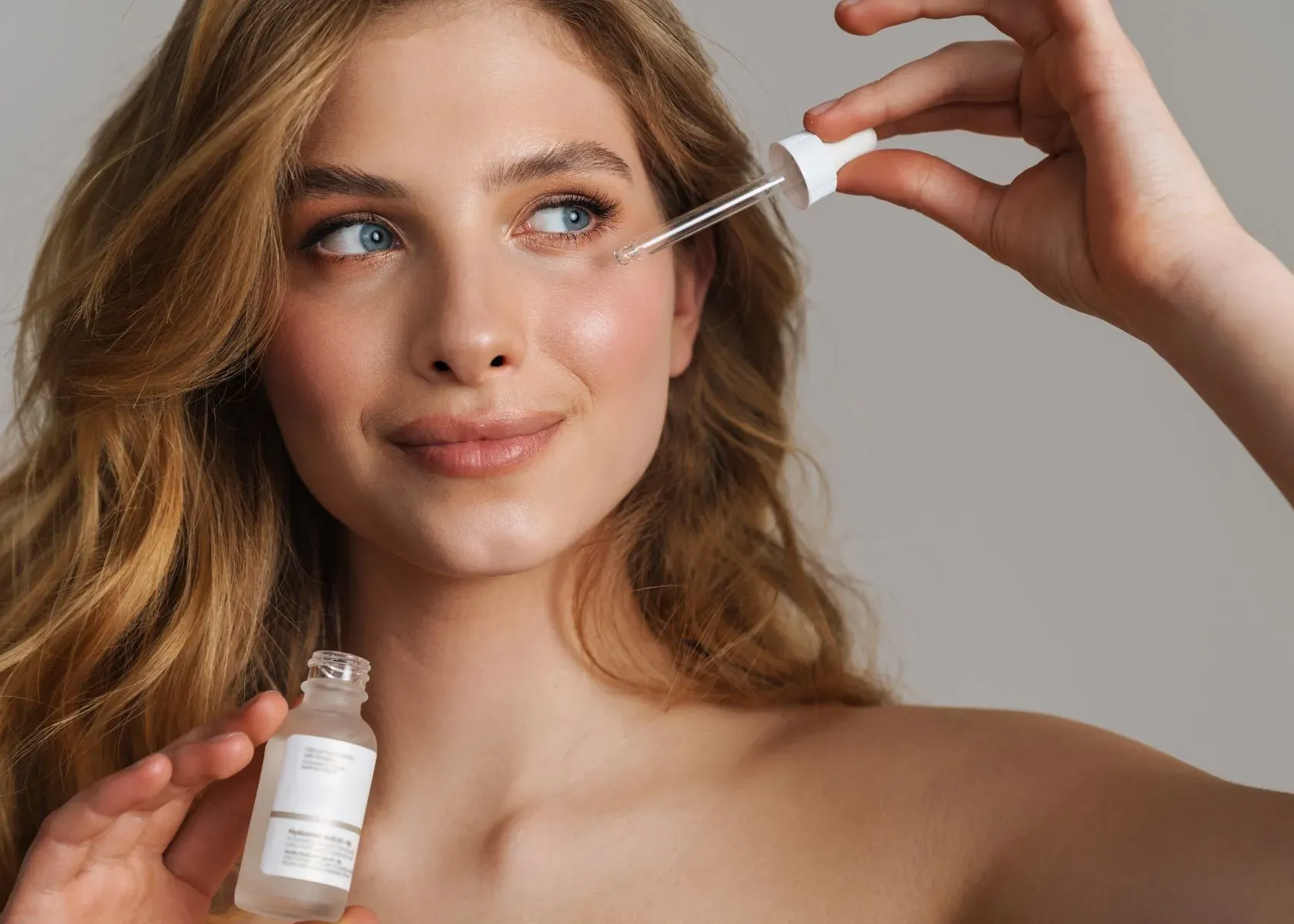
When applying foundation on textured skin, choosing the right tools and techniques for a natural and seamless finish is essential. Make sure to go after a light exfoliation.
Layering the foundation for buildable coverage and blending techniques can help your skin smooth out and blur the appearance of uneven skin texture. You can also try out the full coverage foundation or matte formulas, but ensure you're patient enough while blending.
Choosing the Right Tools
When applying foundation to textured skin, the right tools can make a significant difference in achieving a flawless finish. A makeup sponge is essential for building coverage in thin layers and blending the foundation seamlessly onto the skin.
Additionally, using a damp makeup sponge can help minimize the appearance of texture by gently pressing and dabbing the product onto the skin.
A flat-top kabuki brush is another excellent choice for applying foundation on textured skin. The dense bristles allow for buffing and blending the foundation effectively while providing natural-looking coverage.
Moreover, when using a brush, it's important to use light pressure and circular motions to ensure even application without exacerbating any unevenness or texture on the skin.
Layering for Natural Coverage
To achieve natural coverage on textured skin, start with a small amount of foundation. Then, build up the coverage gradually by applying thin layers. Here are some important tips for layering foundation on textured skin:
- Begin by applying a small amount of foundation to the center of the face and blend it outwards using a damp makeup sponge.
- Use a pressing and rolling motion to build coverage rather than swiping or dragging the sponge across the skin.
- Focus on areas with more coverage, such as around the nose, cheeks, and chin, and blend carefully to avoid creating uneven patches.
- Take your time to ensure each layer is well blended before adding more foundation to prevent a cakey appearance.
- Consider using a color corrector or concealer in areas where additional coverage is required instead of applying multiple layers of foundation.
Blending Techniques
When blending foundation on textured skin, I gently dab the makeup sponge in a bouncing motion to ensure even coverage. This technique helps to minimize the appearance of uneven texture and prevent streaks or patchiness.
I can build up coverage as needed without emphasizing the skin's texture by using a gentle patting motion.
In addition, blending techniques are crucial for achieving a smooth and natural look on textured skin.
Dabbing the foundation with a damp sponge allows for seamless blending along the skin's surface, ensuring an even application that minimizes the visibility of rough patches or uneven areas.
This approach helps to create a flawless finish while avoiding emphasizing the skin's natural texture.
FAQs about Foundation Tips for Textured Skin
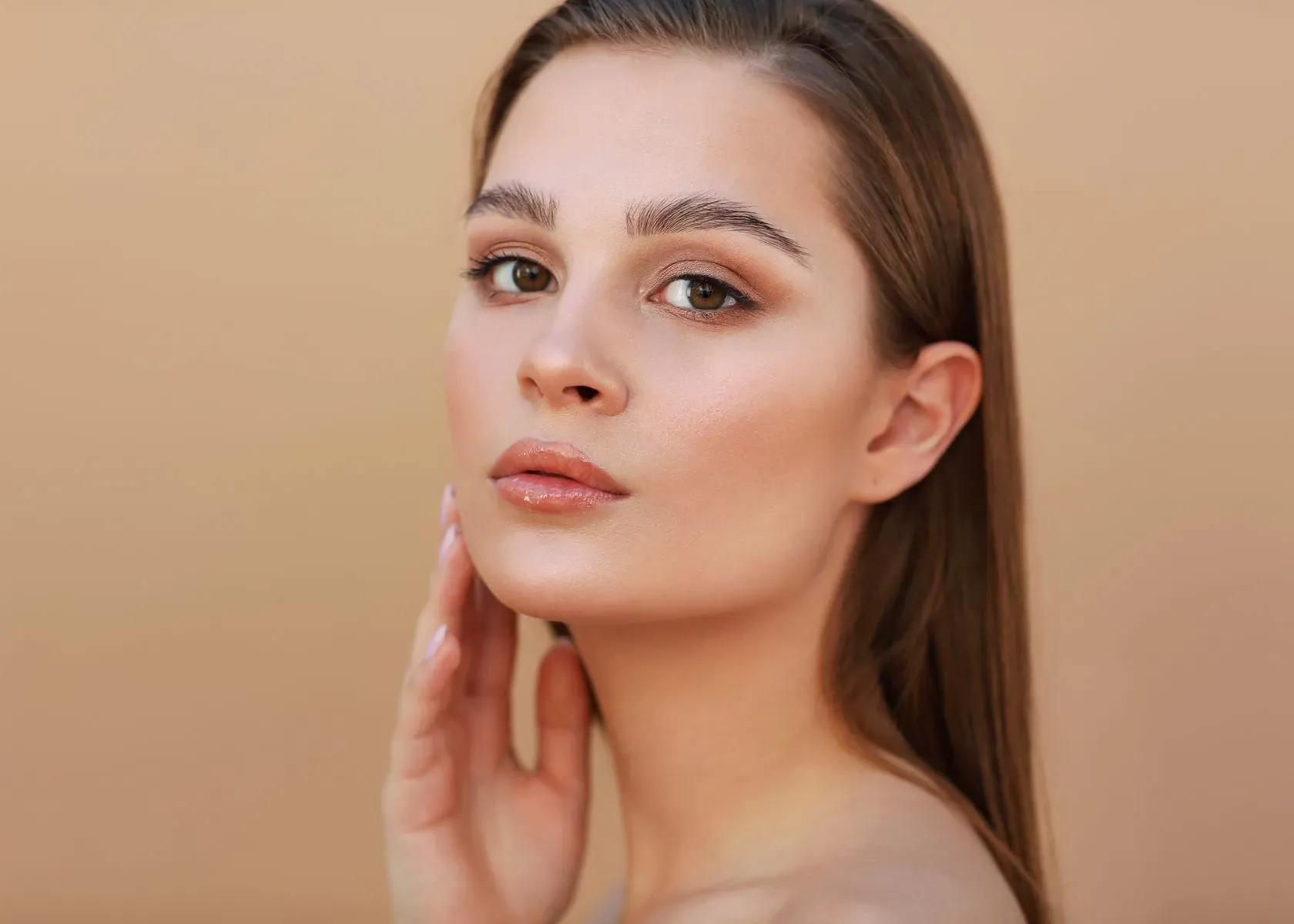
I know it's a little tricky to blur out the textured appearance of the dry skin - especially with enlarged pores and oil production. However, we talked to a makeup artist to get your best tips.
What foundation tips can help with textured skin?
To cover textured skin with makeup, make sure you exfoliate dead skin cells. Then, use a primer best suited for uneven skin tone and apply foundation using techniques that smooth over large pores and rough areas.
How do you apply makeup on bumpy or uneven skin?
When applying makeup on bumpy skin, apply a good oil-free primer to create an even base, then gently dab the foundation over the area instead of rubbing it in. Make sure you use an excellent moisturizer to moisturize to hide any sign of wrinkles.
Can concealer be used to hide textured skin?
Yes, using concealer tips for textured skin can effectively hide imperfections. Choose the right shade and lightly tap it onto your skin before setting it with powder. You need to draw attention to certain areas that have more pores.
Are there specific techniques to hide texture with makeup?
Absolutely! Techniques to hide skin texture include using light diffusing foundations, setting sprays to ensure lasting coverage, avoiding heavy layers, or setting powder options that could accentuate unwanted texture. However, make sure you incorporate retinoids for increased collagen production.
Conclusion
We've discussed essential techniques for applying foundation on textured skin. These practical and efficient tips are easy to implement and can significantly impact achieving a flawless makeup look. Applying the right primer and foundation designed explicitly for textured skin is crucial for a smooth finish.
It's important to recognize these approaches' potential impact–they can significantly improve your overall makeup application. Have you considered how these strategies can be tailored to your makeup routine?
References
- Gold, Michael H et al. “Improvement of skin texture and wrinkles using radiofrequency ultra-thin electrode technology.” Journal of cosmetic dermatology vol. 19,2 (2020): 388-392. doi:10.1111/jocd.13239
- Thawabteh, Amin Mahmood et al. “Skin Pigmentation Types, Causes and Treatment-A Review.” Molecules (Basel, Switzerland) vol. 28,12 4839. 18 Jun. 2023, doi:10.3390/molecules28124839
Learn More About Other Related Topics of Makeup Foundations
